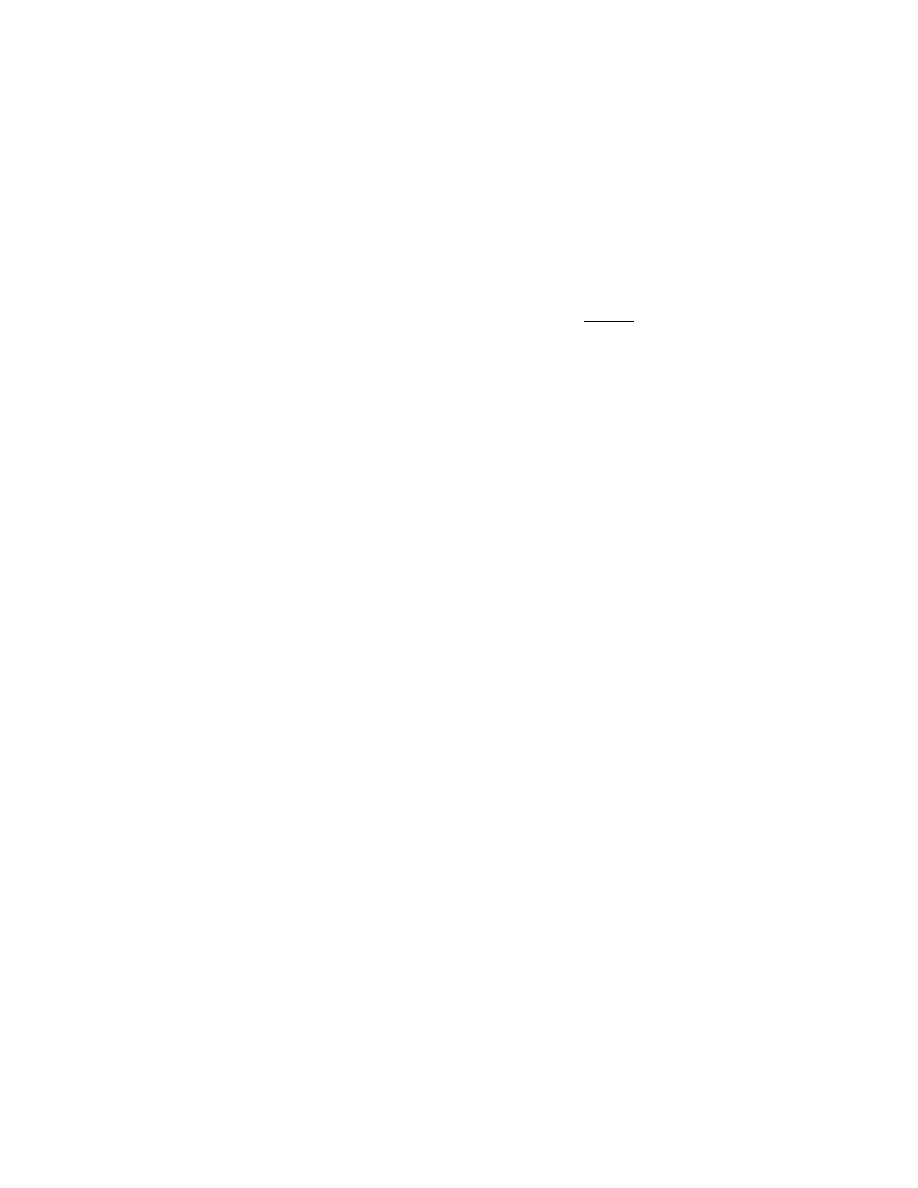
648
14 CFR Ch. I (1–1–14 Edition)
§ 27.321
F
LIGHT
L
OADS
§ 27.321
General.
(a) The flight load factor must be as-
sumed to act normal to the longitu-
dinal axis of the rotorcraft, and to be
equal in magnitude and opposite in di-
rection to the rotorcraft inertia load
factor at the center of gravity.
(b) Compliance with the flight load
requirements of this subpart must be
shown—
(1) At each weight from the design
minimum weight to the design max-
imum weight; and
(2) With any practical distribution of
disposable load within the operating
limitations in the Rotorcraft Flight
Manual.
[Doc. No. 5074, 29 FR 15695, Nov. 24, 1964, as
amended by Amdt. 27–11, 41 FR 55468, Dec. 20,
1976]
§ 27.337
Limit maneuvering load fac-
tor.
The rotorcraft must be designed for—
(a) A limit maneuvering load factor
ranging from a positive limit of 3.5 to
a negative limit of ¥1.0; or
(b) Any positive limit maneuvering
load factor not less than 2.0 and any
negative limit maneuvering load factor
of not less than ¥0.5 for which—
(1) The probability of being exceeded
is shown by analysis and flight tests to
be extremely remote; and
(2) The selected values are appro-
priate to each weight condition be-
tween the design maximum and design
minimum weights.
[Amdt. 27–26, 55 FR 7999, Mar. 6, 1990]
§ 27.339
Resultant limit maneuvering
loads.
The loads resulting from the applica-
tion of limit maneuvering load factors
are assumed to act at the center of
each rotor hub and at each auxiliary
lifting surface, and to act in directions,
and with distributions of load among
the rotors and auxiliary lifting sur-
faces, so as to represent each critical
maneuvering condition, including
power-on and power-off flight with the
maximum design rotor tip speed ratio.
The rotor tip speed ratio is the ratio of
the rotorcraft flight velocity compo-
nent in the plane of the rotor disc to
the rotational tip speed of the rotor
blades, and is expressed as follows:
μ =
V cos a
R
Ω
where—
V= The airspeed along flight path (f.p.s.);
a= The angle between the projection, in the
plane of symmetry, of the axis of no
feathering and a line perpendicular to
the flight path (radians, positive when
axis is pointing aft);
omega= The angular velocity of rotor (radi-
ans per second); and
R= The rotor radius (ft).
[Doc. No. 5074, 29 FR 15695, Nov. 24, 1964, as
amended by Amdt. 27–11, 41 FR 55469, Dec. 20,
1976]
§ 27.341
Gust loads.
The rotorcraft must be designed to
withstand, at each critical airspeed in-
cluding hovering, the loads resulting
from a vertical gust of 30 feet per sec-
ond.
§ 27.351
Yawing conditions.
(a) Each rotorcraft must be designed
for the loads resulting from the maneu-
vers specified in paragraphs (b) and (c)
of this section with—
(1) Unbalanced aerodynamic mo-
ments about the center of gravity
which the aircraft reacts to in a ration-
al or conservative manner considering
the principal masses furnishing the re-
acting inertia forces; and
(2) Maximum main rotor speed.
(b) To produce the load required in
paragraph (a) of this section, in unac-
celerated flight with zero yaw, at for-
ward speeds from zero up to 0.6 V
NE
—
(1) Displace the cockpit directional
control suddenly to the maximum de-
flection limited by the control stops or
by the maximum pilot force specified
in § 27.397(a);
(2) Attain a resulting sideslip angle
or 90
°
, whichever is less; and
(3) Return the directional control
suddenly to neutral.
(c) To produce the load required in
paragraph (a) of this section, in unac-
celerated flight with zero yaw, at for-
ward speeds from 0.6 V
NE
up to V
NE
or
V
H
, whichever is less—
(1) Displace the cockpit directional
control suddenly to the maximum de-
flection limited by the control stops or
VerDate Mar<15>2010
10:12 Mar 18, 2014
Jkt 232046
PO 00000
Frm 00658
Fmt 8010
Sfmt 8010
Y:\SGML\232046.XXX
232046
EC28SE91.083</MATH>
pmangrum on DSK3VPTVN1PROD with CFR